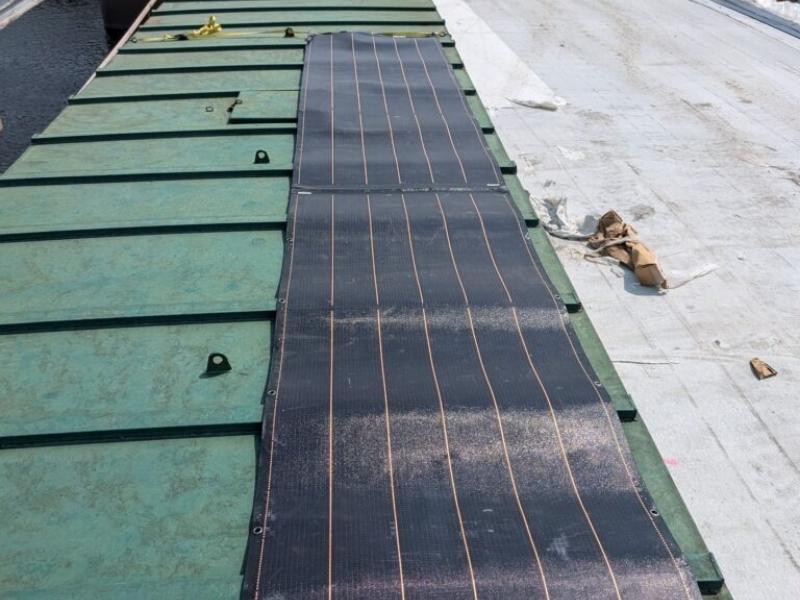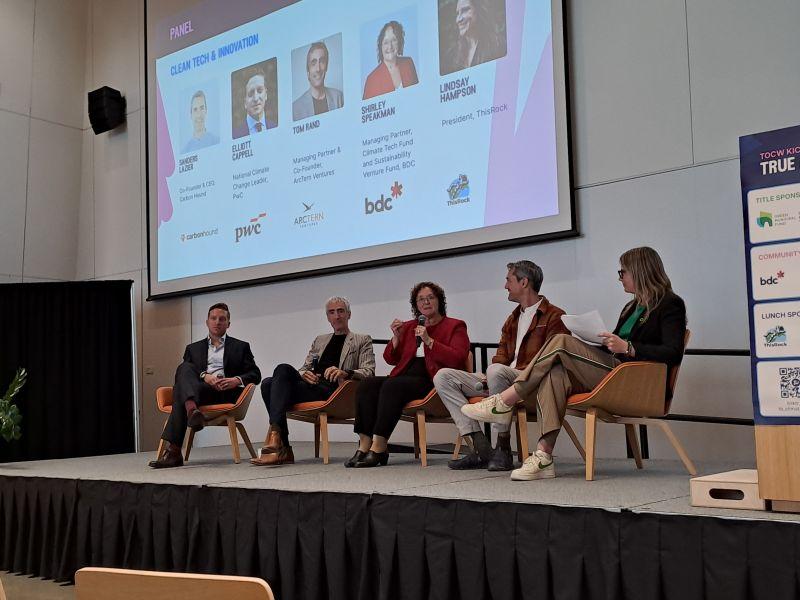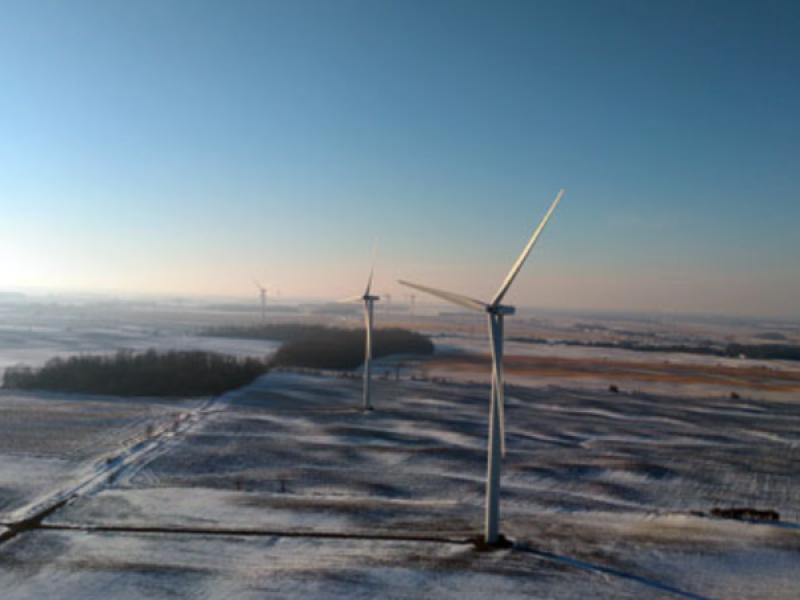
A first-of-its-kind project in Ottawa is to tap into the effluent flowing through city sewers to sustainably heat and cool a two-tower rental project in the LeBreton Flats redevelopment.
If approved, a Sewage Energy Exchange System (SEES) created by Port Coquitlam, B.C.-based SHARC Energy Systems will be implemented at Dream’s Odenak development. It's a joint venture between Ottawa-based sustainable real estate developer Theia Partners and Envari Energy Solutions, a subsidiary of Hydro Ottawa that supports clients with energy efficiency initiatives.
The SEES, which will transfer thermal energy to and from wastewater to regulate the temperature at Odenak, will support the climate goals of the City of Ottawa and Toronto-based developer Dream. The expectation is to offset over 5,000 tonnes of greenhouse gases per year compared to a building using boilers and chillers – equivalent to the electricity used by nearly 3,400 homes.
“Hydro Ottawa has one shareholder and that’s the City of Ottawa. This is a way for the City of Ottawa to partner on a climate change initiative,” Scott Demark, partner at Theia, told Sustainable Biz Canada in an interview.
Theia is best known for its work on the district energy system at the nearby Zibi mixed-use development in Ottawa, also created in partnership with Envari and Dream.
The SHARC in the sewers
The SHARC SEES will connect to an Ottawa trunk sewer that transfers wastewater from hospitals, industries and homes. It will be a first for Ottawa, Demark said.
The effluent will flow into a wet well to be pumped to the surface and through a SHARC heat exchanger unit. The heat will be extracted or rejected to serve as the heating and cooling for Odenak. The effluent will then return to the sewage system.
“This is an all-electric solution and it meets the full demand of the project,” Demark said. It could be expanded to generate up to nine megawatts of heating and cooling capacity for approximately 2.4 million square feet of development. That capacity, Demark said, would be almost four times what Dream needs for Odenak.
The SEES is the “right thing from an energy-use standpoint,” Guillaume Paradis, COO of distribution and generation with Hydro Ottawa, said in an interview. The utility saw a need for a low-carbon energy system at Odenak, and chose to partner with Theia because of its expertise in district energy.
The joint venture, named LeBreton Community Utility Partnership, is finalizing construction approvals with the city and hopes to have a development permit by the early fall.
While Demark is excited to develop a unique project in Ottawa, there are a “fair amount of hurdles”. For one, construction cannot interrupt the treatment of effluent before it enters the Ottawa River.
The challenges for a 'very big', 'not typical' civil project

Construction will be timed as to not disrupt Dream’s construction at Odenak and when the sewage line is at the ideal flow rate, before residents are expected to start occupying Odenak in early 2027. The plan is to have the SEES constructed through 2026 and commissioned in time for occupancy.
Developing the SEES is a “very big civil project” fraught with complexity and financial obstacles, Demark continued. Those steps include digging a large hole, pouring substantial volumes of concrete, installing the pumping system and linking the SEES to Ottawa’s control system.
“These projects, they’re not typical,” Paradis said. “They’ve been done elsewhere, they haven’t been done here . . . Each one is essentially crafting something unique from scratch.”
Communications and stakeholder engagement are critical to ensuring a smooth effort, he said. People involved with the joint venture have explained the project to those who can lend their approval or support. By doing so, Paradis has seen interest rise to the point where people are proactive in their engagement.
“Once they understand why we’re doing this”, such as using local energy and reducing carbon emissions, “all of a sudden they become advocates in no time,” he said.
Demark said overcoming this barrier is best achieved by hiring engineers and builders with an extensive civil engineering background. The joint venture chose local firm Thomas Fuller Construction for this reason.
Where the SEES could expand
Odenak may not be the first and only housing development in Ottawa to use a SEES, Demark said. There are several nodes in the sewer system where similar infrastructure could be installed, with the most development-dense areas being mapped out.
Theia and the city view the Odenak SEES as a pilot, Demark said. The more systems are developed, the more the economics become attractive, Paradis said.
Hydro Ottawa is evaluating additional district energy systems where it can bring value. An example is at The Ottawa Hospital, where the utility is developing a system around its new campus.
“We have the patience. We’re an infrastructure company, we’re a utility company,” Paradis said. “We know and we’re used to putting in assets in the ground that will last decades and where we earn a return over literally decades as those assets provide a service and deteriorate.”










